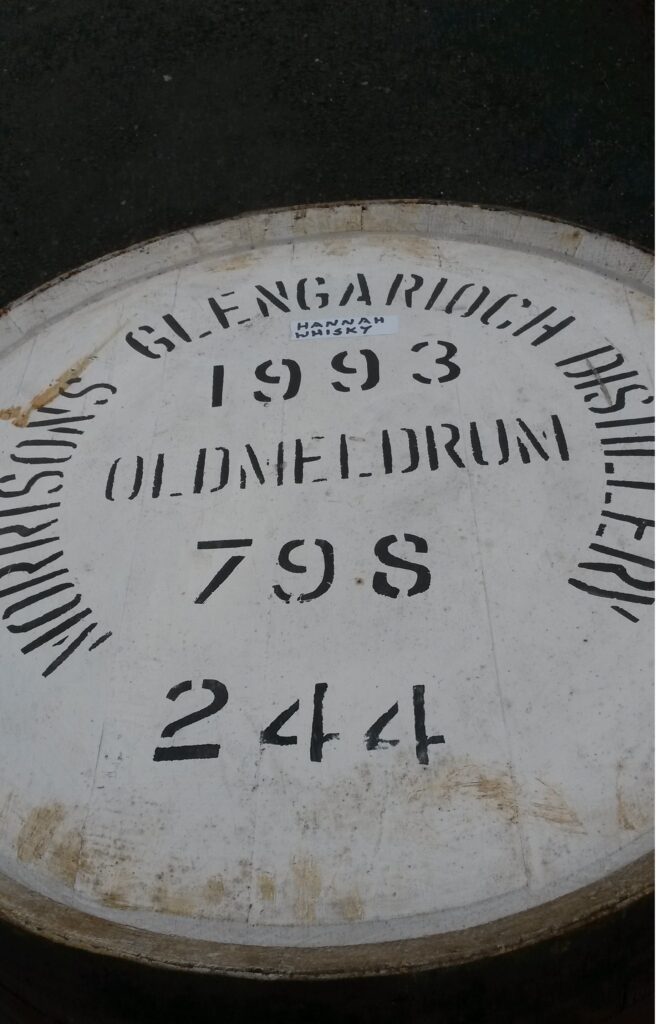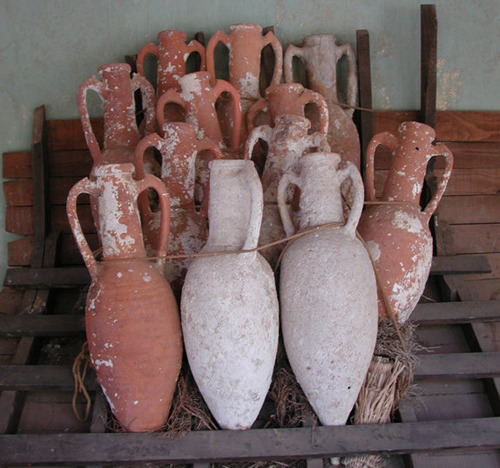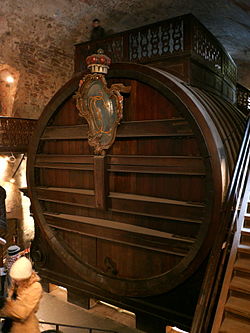Top 10 Interesting Facts About Casks

Wooden casks are interesting and they are an integral part of the creation of beautiful Whisky. With some arguing that 60% of the overall taste of the Whisky comes from the cask. Here are ten interesting things about wooden casks.
1. Rome stole the idea of casks from Celts
In the third and second centuries BC the Romans were expanding into Europe and still using amphorae containers for the transport of food, wine and olive oil. However, it was the Celts from France, Spain, Portugal, Germany and Britain who possessed the skills in the advanced wood and metalwork skills that allowed them to make casks which were hardy, easier to move and more durable. Naturally, the Celts were unwilling to share this technology with their eventual conquerors and one Roman historian described the process of Roman obtaining the knowledge of wooden casks as a ‘cultural pillage’ Umberto Eco.
“The Townsmen fill barrels with tallow, pitch, and dried wood; these they set on fire, and roll down on our works” Julius Caesar, diary entry on the Gallic War

Jars of amphorae that Roman’s would have used
2. Whisky casks typically come from two types of Oak
The two oaks that are used for Whisky casks are American white oak, Quercus alba, and the various European oak species, Quercus in general. Both lend distinctive qualities to the Whisky stored in the casks. They are chosen for their pure wood qualities as opposed to pine or rubber trees and also Oak is a very strong wood which can be bent into shape.
American white oak trees grow faster and can be cut down after only 70 years. The Whisky tends be mellower, finer with a more contained aroma.
European oak trees take much longer grown and it usually a 100 years or more before it can be cut down. The flavours tend be more full with intense aromas and more tannins.
3. Three years to be Scotch
Whisky has to be aged in an Oak barrel in Scotland for at least three years before it can be called Scotch Whisky.
4. Bourbon barrels can only be used once in the US
USA law dictates that bourbon casks/barrels can only be used once. Around 90% of casks used to age Whisky are ex-bourbon casks.
The law originally came in to stimulate jobs in the cooperage industry while the country was griped in the Great Depression in 1933.
With the continued boom of American Bourbon and the unfortunate reduction in logging – argued to be down to the financial crisis, there are strong indications that a change of the law could take place to allow for US bourbon makers to re-use their barrels thereby limiting the supply to Scotch Whisky
5. The gift of wood’s semi-permeable membrane
The angel’s share is the amount of Whisky that escapes the cask while the Whisky is aging in the cask. Roughly 8% in the first year of aging and 3% each year there-after. Without the blessing of a wooden cask and its ‘semi-permeable membrane’ between the whisky and the outside world the angel’s share could not leave and we would be left with a fairly potent and nasty tasting spirit.
6. Napolean made France a world leader

Napoleon continued a French tradition of banning all tree felling in 1803, so that France could plant on the only strongest and most suitable Oak. Three years later he decreed that only trees more than 150 years old could be felled, and replaced with a new oak. This far-sighted forest management policy allowed not just for the creation of stronger warships in comparison to their foe the UK but also France’s forests now produce the world’s finest oak now destined for use as casks for wine and spirit.
7. Sherry cask Whisky has not always been so special
Sherry Cask Whisky is amongst the most popular and rarest of single malts. However, it’s original use was a lot humbler – in the 19th Century when alcoholism was rampant and Sherry was at its most popular the leftover casks were acquired strewn everywhere. Thrifty distillers in Scotland looking for a cheap place to store their Whisky picked up the casks and use theme for the maturation of their Whisky and have done ever since although now Sherry casks are a lot harder to find and much more expensive – casks now make up 20-30% of the overall cost of Whisky production.
8. German cooperages among the most ambiteous
German cooperages were among the first to build giant wine storage casks. The capacity of one the casks was 200,000 litres and they were erected within the Heidelberg Castle in fifteenth century. The castle now contains a cask with a capacity 219,000 litres.

Heidelberg tun
9. First Fill?
Nearly every cask of Whisky has been used before. It has contained Bourbon, Sherry, Port, Rum or even wine among other possible spirits. Even if a cask is a ‘first-fill’ cask this only relates to the first time it has been filled with Whisky and after each ‘fill’ the cask will offer less character and flavour to the Whisky placed in the cask.
10. Kentucy is a very unique place
Kentucky, where 95% of the world’s bourbon is made and hence were most of the Whisky industry’s bourbon casks come from, other main exports are marijuana and disco balls (90% of US disco balls are made in Louisville).
If you would like to learn more about Whisky casks, please make use of the below sources.
Wood, Whiskey and Wine – A history of Barrels by Henry H. Work